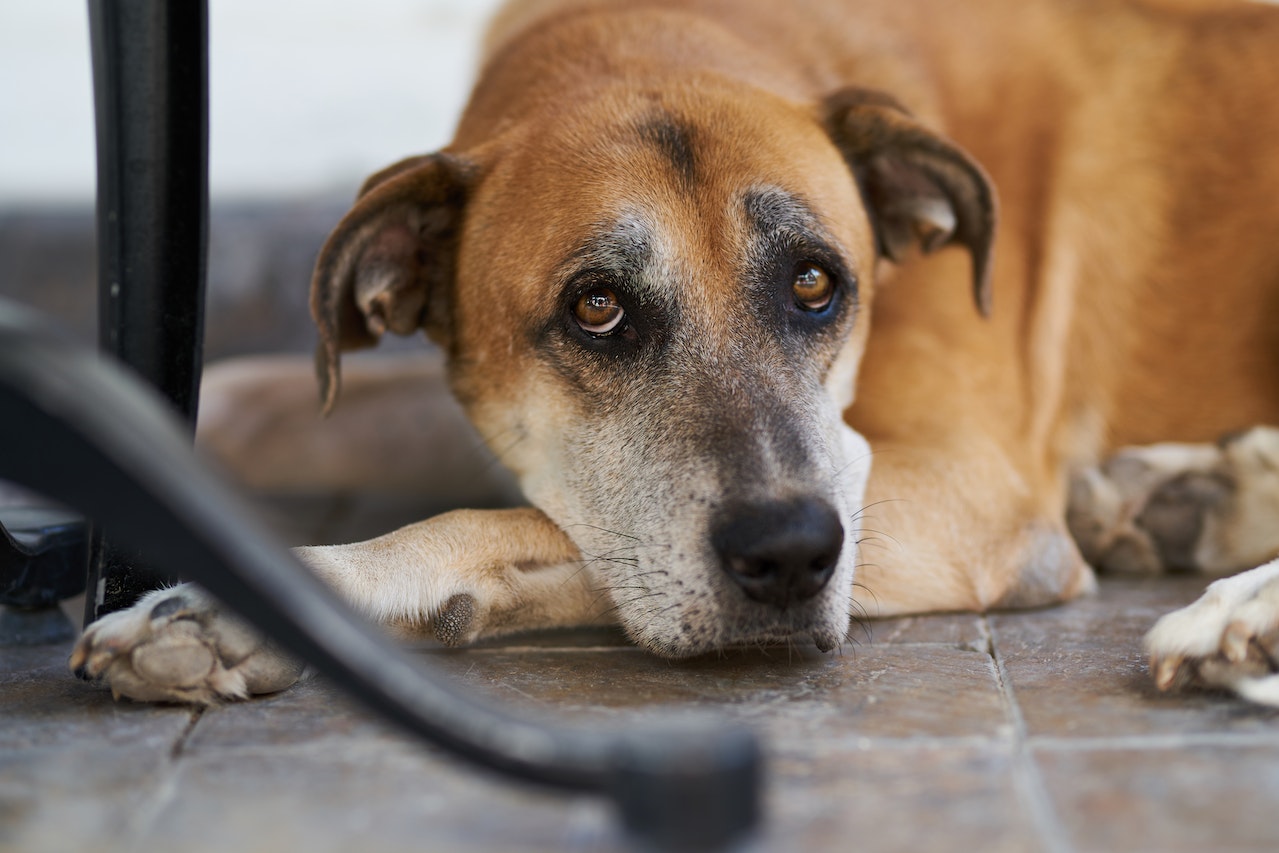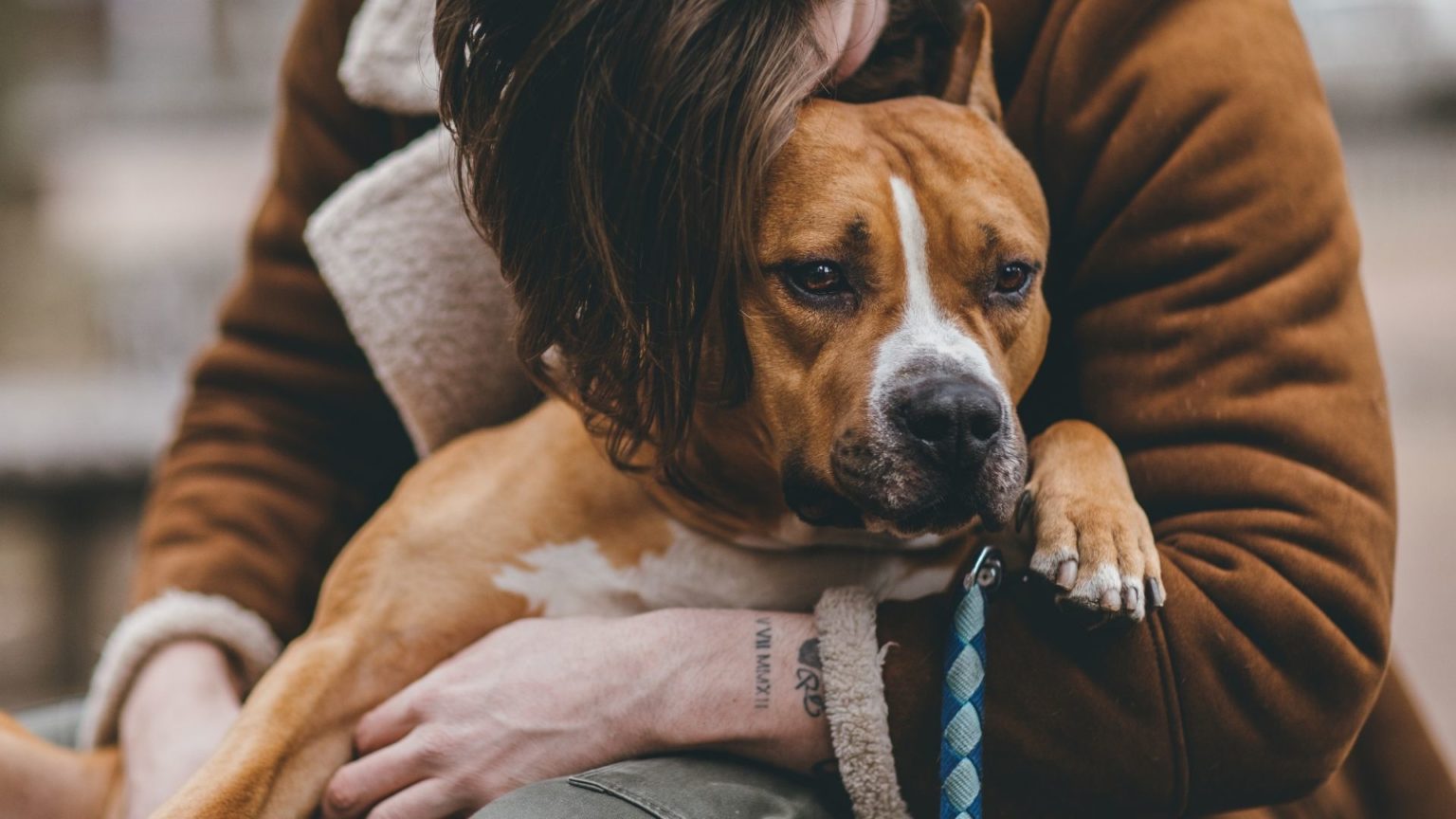
Signs Your Dog is Faking It
Our dogs also have tear ducts that keep their eyes clean and function properly, just like humans. Dog tear ducts, however, drain the liquid towards the nose and throat area, rather than letting it spill out onto their faces. If your dog is crying out, it could be an indication that something is wrong and you should consult a veterinarian.
It can be hard to determine if your dog is in pain or injured. Dogs are clever and can make up injuries to get sympathy. There are some simple signs that your dog might be trying to fake pain or lust after a little love.
It is important to check if your dog is crying or whining for no apparent reason. It is possible your dog is acting out if this behavior continues for a long time.
The History of Dog Crying
Dogs are very intelligent creatures. They connect strongly with their humans, are capable of learning and copying human behavior, and can be wonderful manipulators when they know what gets them attention, a treat, or extra cuddles. The number one reason a dog will fake an injury is for a bit of love and attention.

Although your pup might not be able to understand everything, they know that if they cry or are injured, a good pet parent will come running for them.
It is possible to make your dog cry to get sympathy or a few extra treats.
The Science of Dogs Crying
There has been little to no research on why dogs fake pain or tears or how dogs can effectively use it to their advantage.
Dogs that are experiencing pain, illness, or injury should be treated with seriousness. To ensure that your dog is not suffering from any severe emotional or pain issues, it is a good idea to take your pet to the vet.

You can determine if your dog’s behavior is not genuine if you keep observing symptoms that are consistent with certain situations even after they have been cleared by professionals. It is important to monitor your dog closely to determine if there are any problems.
You may have witnessed doggo tears. Here are some possible causes.
- Allergies: A dog’s eyes can easily become watery from allergies. Allergies can occur to anything, from food ingredients to pollen, dander and smoke. For allergy testing, take your dog to the veterinarian if you are concerned.
- Blocked Tear Ducts: When the tear ducts become blocked, tears can also be created. Untreated, your dog could develop skin irritation and brownish or reddish hair around their eyes. When you notice any symptoms, get immediate veterinary attention.
- Infection – If your dog’s eyes are irritated or have yellowed, mucusy, or bloody fluids, this could indicate that he has an infection. Swollenness around the eyes is another sign of infection. If these symptoms appear, you should immediately take your dog to the veterinarian.
- Scratched Cornea: Sometimes, tearful eyes can indicate a cracked cornea. If your dog has a scratched cornea, take him to the veterinarian.
- Debris – Simply put, your dog may have some dirt in his eye. The tears should stop quickly if this is the case. To make sure your dog isn’t suffering from a more serious condition, keep an eye on him.
Train your dog to stop faking it

We don’t mean to over-comfort our dogs (we mean, they’re just so cute!), but it is possible that as loving and caring humans, we have trained our pups to fake being hurt. This may happen when we over-compensate with treats and cuddles, and our dogs learn certain behaviors will result in even more treats and cuddles. If you find that your pup is faking injuries or being sad to bargain for your attention, there are a few steps you can take to undo these behaviors.
Consider why your dog may be feigning these emotions. Is it possible that your dog gets more attention when they act out? Are you giving your other dogs more attention when they act out? Dogs are smarter and more intelligent than we think.
Fake behaviors can be stopped by simply not paying attention. Although it may seem difficult, a bit of hard lovin’ can help your dog to learn that bad behavior will not be tolerated. This will require patience and some willpower. However, it is possible to break the bad behavior cycle and foster a loving, healthy relationship with your dog companion.